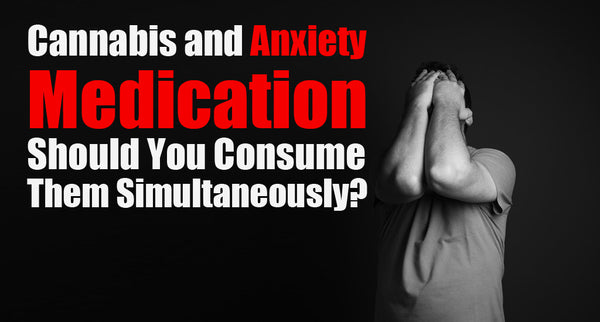
Marijuana May Help to Solve Your Opioid Problem - 3 Tips to Get Started!
As the discussions about whether to legalize cannabis or not continue to unfold in the United States, the opioid crisis persists without any clear resolution in sight. Strong feelings are present on all sides of the opioid conversation, making it a complex issue to solve. However, one fact is evident: opioid substances are causing a significant and alarming loss of life.
“....narcotic painkillers have killed more people than breast cancer.”
Offering medical marijuana as an option could potentially play a role in reducing opioid prescriptions, as stated by researchers. They discovered that states permitting medical marijuana use witnessed slight declines in opioid prescriptions for patients covered by Medicare and Medicaid.
"Implementation of medical marijuana laws at the state level was linked to a decrease in the rate of opioid prescribing," noted Hefei Wen from the University of Kentucky College of Public Health and Jason Hockenberry from the Emory University Rollins School of Public Health. In one of the reports published in the Journal of the American Medical Association’s JAMA Internal Medicine, they further explained, "Marijuana is one of the potential non-opioid alternatives that can relieve pain with a relatively lower risk of addiction and virtually no risk of overdose."
Related article: Lamar Odom Says Marijuana Helped Him Recover from Crack Addiction
This study discusses the limitations and risks of FDA-approved opioid replacement therapies, emphasizing the need for novel treatments due to accessibility issues and relapse rates. The article explores the potential of cannabis as an alternative treatment for OUD, highlighting its role in preventing opioid misuse, easing withdrawal symptoms, and reducing relapse likelihood.
The overlapping distribution of cannabinoid-1 (CB1) receptors and mu opioid receptors (MORs) in the brain suggests interactions between the endocannabinoid and opioid systems. These systems impact reward and withdrawal mechanisms, influencing the rewarding properties of opioids and cannabinoids. The study concludes that the data's compelling nature and cannabis' relative safety warrant further investigation into its use as an adjunct or alternative treatment for OUD, offering potential in addressing the opioid crisis.
3 Tips to Get Started
Here is a short list of 3 talking points that can hopefully save cannabis newbies a little time and frustration:
1. “Not every strain is created equal.”
For those of us who use cannabis for medical purposes on a daily basis, we're well aware of the distinct differences between indica, sativa, and hybrid strains. However, it's important to remember that many new users might not be familiar with these nuances.
Generally, people agree that sativas tend to provide a more uplifting experience, while indicas are often associated with sedative effects. However, many patients find that hybrid strains containing both high levels of THC and CBD are particularly effective in relieving pain. Take, for instance, Gorilla Glue #4, also known as 420 Glue, which has gained popularity among cannabis users as a reliable pain-relieving option. This hybrid strain, leaning more towards indica with 63% indica and 37% sativa, boasts a THC content ranging from 26% to 31%, making it a favorable choice for those seeking pain relief, especially for newcomers to cannabis.
Related article: THC and CBD, and the Entourage Effect!
2. “The human body has an endocannabinoid system.”
Words like “cannabinoid” can sound scary to someone unfamiliar with the term. However, understanding why something works can help curb the uneasiness of trying something new. To some extent having an understanding of the alchemy of the plant itself can result in a better understanding of which strains do what and why. For example, knowing that CBN acts as an analgesic, or that CBD contains enormously potent anti-inflammatory properties can make all the difference when choosing a strain. Encouraging new users to gain knowledge about the plant’s properties and how they work with the human body can not only squash many of the myths surrounding cannabis but also create a comfortability with incorporating it into their daily health regimen.
Related article: The Endocannabinoid System as an Emerging Target of Pharmacotherapy
3. “Give yourself the time and freedom to try different methods of using cannabis.”
For a lot of people, their experience with pot has been that of passing a joint with a couple of friends at a DMB show. Those red eyes may be fine with Dave, but may not go over well on the job. So it’s important to express how very many different ways there are to medicate. From high tech vaporizers to specialty artisan edibles, the cannabis market has exploded with a wide variety of innovative products ensuring everyone can utilize cannabis the way that works best for them. A little advice in finding the right method and products suited to their particular needs can go a very long way. The process of getting to know the varied nuances of cannabis takes a fair amount of trial and error. But with the right guidance and a healthy sense of humor the journey can be an extremely enjoyable one.



